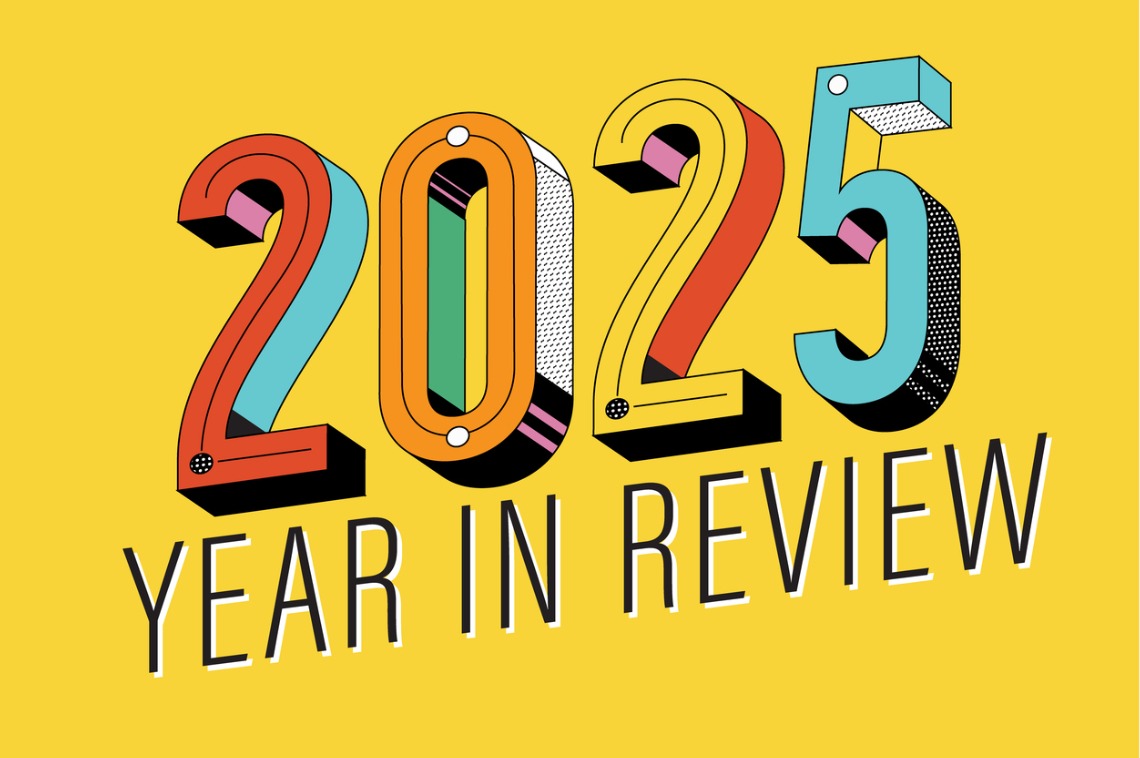M
ortgage rates have decreased across the board, with the average 30-year fixed mortgage rate falling to 6.60%, down from 6.67% last week, according to Zillow. Refinance rates have also seen declines, with the 30-year fixed refinance rate dropping to 6.81%. This drop is influenced by weaker job growth and expected Federal Reserve interest rate cuts, offering potential relief for buyers and homeowners looking to refinance.
Key Takeaways
* 30-year fixed mortgage rates fell to 6.60%, down 7 basis points from last week.
* 15-year fixed mortgage rates dropped slightly to 5.72%.
* 5-year ARM mortgage rates saw the largest drop to 6.86%.
* 30-year fixed refinance rates declined to 6.81%, down 10 basis points.
Economic data points to a high likelihood of a Fed rate cut in September 2025, which is expected to push mortgage rates downward. Experts predict rates will remain above 6% through 2025, with gradual easing expected by 2026. The Federal Reserve's monetary policy and economic signals strongly influence mortgage rate trends.
Mortgage rates have spent much of 2025 fluctuating within a narrow range, roughly between 6.6% and 6.8%. This week, Zillow reports a modest drop in rates across the most common loan options.
Loan Type
Current Rate (8/23/25)
Change from Last Week
APR
APR Change
30-Year Fixed Rate
6.60%
↓ 0.07%
7.05%
↓ 0.07%
15-Year Fixed Rate
5.72%
↓ 0.01%
6.02%
↓ 0.01%
5-Year ARM
6.86%
↓ 0.12%
7.62%
↓ 0.19%
30-Year Fixed Refinance
6.81%
↓ 0.10%
The downtrend in rates is related primarily to economic data released in early August, showing weaker job growth and inflation easing more than expected. As markets react to this information, traders increasingly anticipate the Federal Reserve will reduce interest rates by 25 basis points in the upcoming September meeting.
Economic Influences on Mortgage Rates
Economic reports from July and early August paint a picture of a slowing labor market and persistent but slightly improving inflation. The July jobs report showed weaker employment gains, with the unemployment rate edging up to 4.2%. While inflation remains sticky (Core PCE was about 2.7%), it has softened enough to fuel speculation of a rate cut by the Fed.
The Federal Reserve's Role
The Fed aggressively raised rates from 2022 through mid-2023 to combat inflation, causing mortgage rates to surge to levels unseen in two decades. However, after a pause, the Fed cut rates three times in late 2024 and has held steady in 2025 awaiting more data.
Detailed Mortgage Rate Data by Loan Type
Conforming Loan Rates
Program
Rate
Change Last Week
APR
APR Change
30-Year Fixed Rate
6.59%
↓ 0.07%
7.05%
↓ 0.07%
20-Year Fixed Rate
6.43%
↓ 0.24%
6.90%
↓ 0.08%
Refinance Rates Today
Refinance rates have also decreased this week, though movements are mixed depending on the loan product.
Mortgage Rate Forecasts for the Coming Months
Based on current data and expert forecasts:
* The National Association of REALTORS forecasts mortgage rates to average about 6.4% in the second half of 2025 and decline to near 6.1% in 2026.
* Fannie Mae projects mortgage rates ending 2025 around 6.5%, easing to 6.1% in 2026.
Impact on Buyers and Refinancers
Mortgage rates hovering near or above 6% may seem high compared to historical norms of the last decade, but these rates are significantly below the peak mortgage rates experienced in early 2023. Buyers and refinancers face a complex decision environment:
* Buyers must balance the cost of borrowing with changes in home prices and their personal financial readiness.
* Homeowners with adjustable-rate mortgages (ARMs) or with rates above 7% are well-positioned to benefit from refinancing if rates decline further after the Fed's expected cuts.
Mortgage Calculation: Monthly Payment Difference at Current Rates
Let’s consider a $300,000 mortgage loan over 30 years to see how a small drop in rates affects monthly payments:
* Rate: 6.67% - Monthly Principal & Interest Payment: $1,934.28
* Rate: 6.60% - Monthly Principal & Interest Payment: $1,914.02
A drop of 7 basis points (0.07%) reduces the monthly payment by approximately $20.26. Over a year, that is a savings of $243, which adds up significantly over the life of the loan.
Understanding the Fed’s Next Moves
The Fed's anticipated rate cut in mid-September is a major factor in the recent drop in mortgage rates. The Fed has prioritized balancing inflation control with avoiding a recession. If July and August economic data continue to signal a slowing economy, the Fed’s relief in the form of rate cuts will provide downward pressure on mortgage rates.
Mortgage rates today reflect a cautious but hopeful shift toward lower borrowing costs. Borrowers, buyers, and refinancers who stay informed about economic trends and central bank signals will be best positioned to make savvy financial decisions as the market evolves.












